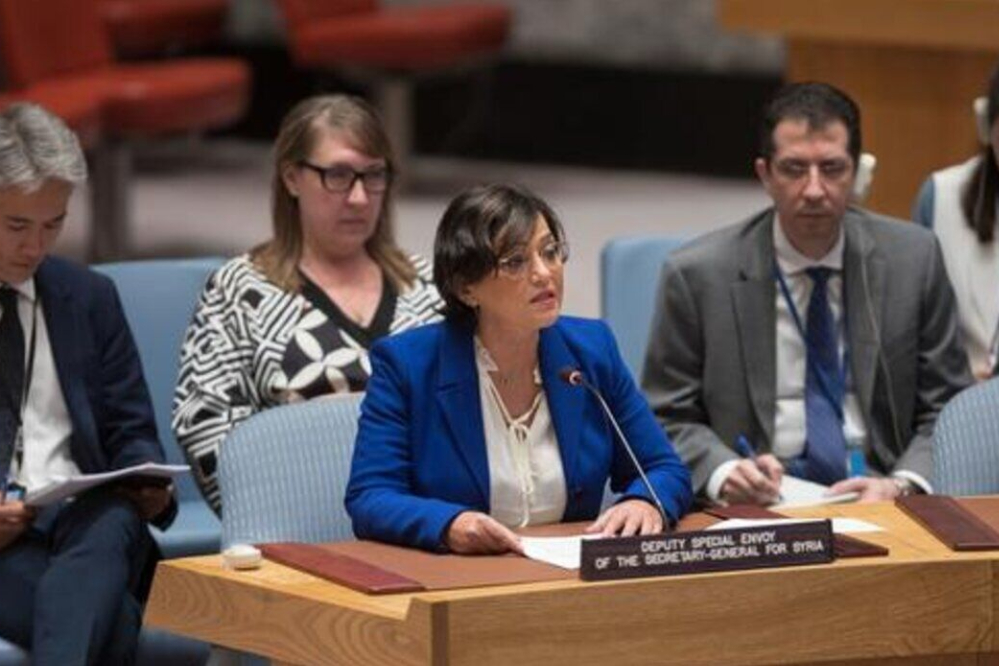Pope Leo's Turkey visit inspires 'new crusade' conspiracy theories
Pope Leo's Turkey visit inspires 'new crusade' conspiracy theories

Pope Leo’s visit to Turkey to mark the 1,700th anniversary of the Council of Nicaea has triggered a strong backlash from many Turks, with critics accusing the Catholic leader of harboring political motives or seeking to revive the Crusades.
During his first official foreign trip, Pope Leo on Friday toured the remains of an ancient basilica submerged in Lake Iznik, believed to be the site where the Council of Nicaea convened in 325 CE.
One of early Christianity's most significant gatherings, the council brought together bishops from across the Christian world to resolve theological disputes that shaped the foundations of the religion's doctrines.
The Pope and Ecumenical Patriarch Bartholomew, leader of the Greek Orthodox Church, jointly commemorated the anniversary by holding prayers in Iznik, which was known as Nicaea during the Roman era.
But the visit has drawn intense and often bizarre criticism from Turkish commentators, particularly secularist and nationalist politicians and pundits.
A map circulated widely on the social media platform X on Thursday showed western Turkey annexed by Greece and Istanbul portrayed as an “independent ecumenicity”, a reference to the ecumenical patriarchate based in the city.
“Turkey is being squeezed into a triangle,” one user wrote while sharing the map in Greek. “Consider the Pope’s visit and the activities of the Greek Orthodox Patriarchate in this context.” The map had originally been shared by the Greek news outlet Pentapostagma in 2022.
The Pope arrived in Ankara on Thursday and was welcomed with a military guard of honor, as he is also the Vatican's head of state. Photos of him receiving a salute from a senior Turkish officer have since gone viral.
“This is utterly disgraceful,” said Gokhan Avci, a retired Turkish military officer in a post that is now not accessible.
“Did Iznik become the Vatican without us knowing?” asked Sabahat Akkiraz, a popular left-leaning folk singer.
Former Turkish Admiral Cihat Yayci, known for his Eurasianist views, took the criticism further.
“Under the pretext of the anniversary of the Council of Nicaea, a political-religious project aimed at ‘re-establishing Rome’ and reviving the Crusader spirit is being carried out,” he said. “The Pope’s arrival in Iznik on November 28 is no coincidence. T his is the date in 1095 when the decision was made to launch the Crusades against Islamic lands.”
Translation, which refers to the Turkic ruler of Attila the Hun: "From the era when Attila brought the Pope to his knees... to the time when salutes were sent to the Pope..."
Journalist Erdem Atay, another prominent secularist-nationalist voice, also claimed that the visit could lead Christians to demand land from Turkey.
“They will demand rights, they will demand land. What will you give - Heybeli Island, Imbros, or Tenedos? Iznik?” Atay said. “They’re coming to form a Crusader front, an invasion attempt!”
Both Yayci and Atay claimed that similar “Vatican demands” had been rejected by Ottoman sultans and later by Mustafa Kemal Ataturk, the founder of modern Turkey.
A Turkish official familiar with Vatican affairs dismissed those claims, noting that the Catholic and Orthodox churches have been formally divided since the Great Schism of 1054.
“The two churches excommunicated each other in 1054 and remained divided until the 1960s, when a joint declaration called for reconciliation,” the official told Middle East Eye. “Before that, no Pope had ever met with the Patriarch of Istanbul.”
Selcuk Erenerol, spokesperson for the Turkish Orthodox Church, said Pope Leo should not be allowed to use the title “ecumenical”.
“It disrespects the integrity of our state, which is protected by the constitution and the Treaty of Lausanne,” he said.
Umit Dikbayir, a member of parliament from the main opposition CHP, said the visit carried geopolitical implications. “Even Turkish Christians see the danger and are objecting,” he claimed.
“The Pope organising a ceremony in his capacity as a head of state in Istanbul and Iznik goes against the principle of secularism enshrined in our constitution,” added Cemil Kilinc, a nationalist theologian.
Turkish officials, meanwhile, are divided over the visit. Some see it as an opportunity to present Turkey as a country where the world’s oldest churches can freely operate and commemorate their shared heritage. Others worry about the backlash fuelled by conspiracy theories spreading online among both nationalist and some conservative groups.
US Vice President JD Vance had planned to join the Pope’s visit but cancelled at the last minute, a move that eased concerns among Turkish officials, who feared his participation would fuel even more speculation.








